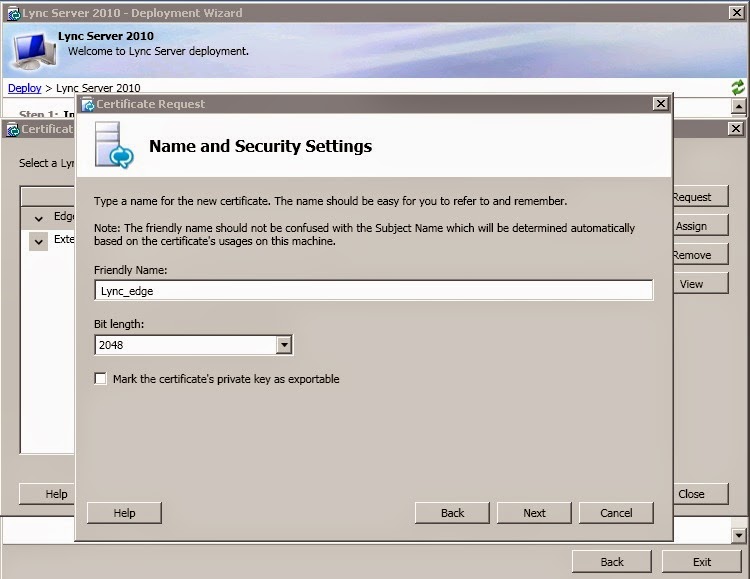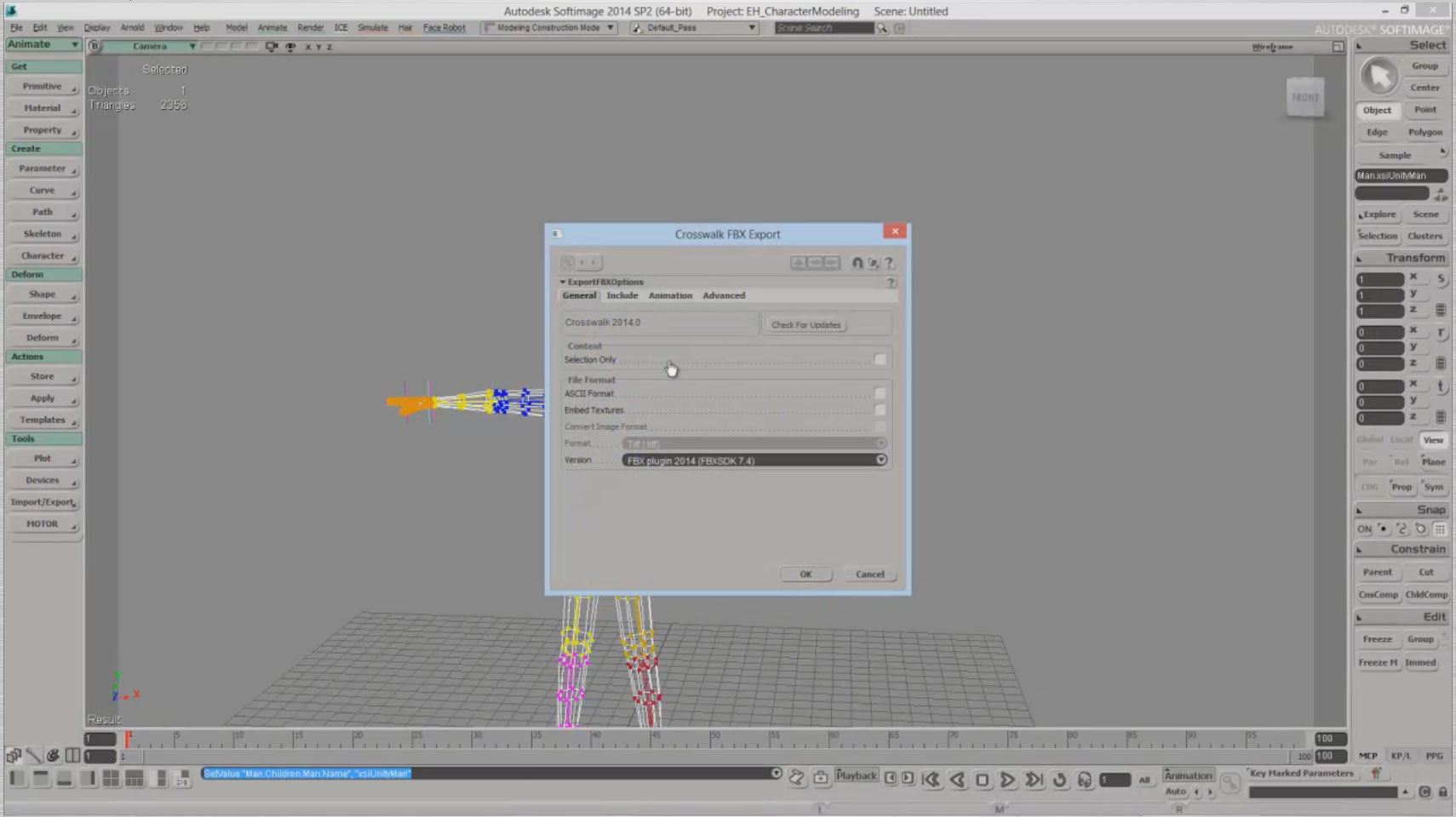

These buttons appear throughout the interface, but mainly in the toolbox down the left side of the default interface. Buttons may exist as an icon, as an icon and text or as just text (and any available keyboard shortcut, if applicable). MODO displays commands and state for many functions as 'buttons'. When a Tab is active, the Title changes from a light gray to an orange color. User need only to simply LMB+click directly on a Tab to open it for display.
.jpg)

Tabs in MODO do not auto-select, so users have the power to control what information they want displayed at a particular moment without the surprise of viewports suddenly changing. In some cases a viewport's display is dependant on information selected in another viewport, which may be *hidden* under a different Tab (such as item selection displaying their attributes in the properties viewport). In MODO they allow multiple viewports to exist in the same layout (or to organize multiple layouts) and are a handy way to quickly get access to certain facets of MODO important only to a particular function. 'Tabs' are a common and popular UI convention that help visually organize data. MODO organizes certain aspects of the interface into what are known as 'Tabs', because of their remarkable similarities to the flaps of paper hanging from filing folders made for organizing paper documents. Menu item names that display another dialog are followed by ellipsis (three dots). The Menu Bar is actually composed from a standard MODO Attribute Sheet and can be customized through the 'Form Editor' found in the 'System' section of the Menu bar. LMB+clicking on any of the System Menu categories will activate a pull down menu with many entries and sub-categories for users to select from. The Menu Bar (highlighted above in red) provides users with quick access to virtually all of MODO's core tools. General User Interface Controls & Conventions Understanding of these conventions is the first and most logical step in utilizing MODO to its fullest potential. MODO follows a series of user interface (UI) conventions across the application that may be different from what some users are accustomed to, but provide a very intuitive and fluid platform for users to accomplish their creative vision.


 0 kommentar(er)
0 kommentar(er)
